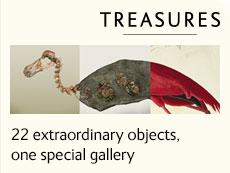Blaschka models of marine invertebrates
This stunning glass model of a radiolarian, a type of plankton, was created by the famous artisans Leopold and Rudolf Blaschka in the 19th century. It shows the species called Dorataspis diodon. Click anywhere in the image to rotate the model.
View other exquisite glass models of invertebrate sea creatures made by the father-and-son team in our slideshow.
Slideshow of Blaschka models
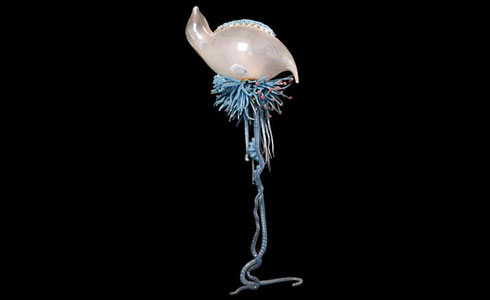
Portuguese man o’war, Physalia pelagica model

Jellyfish, Chrysaora isosceles model

Siphonophore, Physophora hydrostatica model
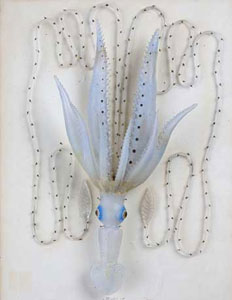
Squid, Enoploteuthis veranyi model
The name of this squid species has changed since the Blaschkas’ time and any real specimens are now called Abralia veranyi.

Squid, Histioteuthis bonellii model

Cuttlefish, Sepia officinalis model
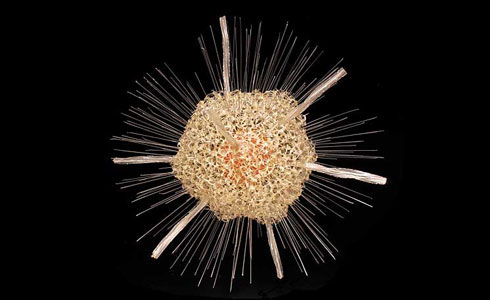
Radiolarian, Spongosphaera streptacantha model

Radiolarian, Eucecryphalus schultzei model
The name of this radiolarian has changed since the Blaschkas' time. The species is now classified as Lampromitra schultzei.
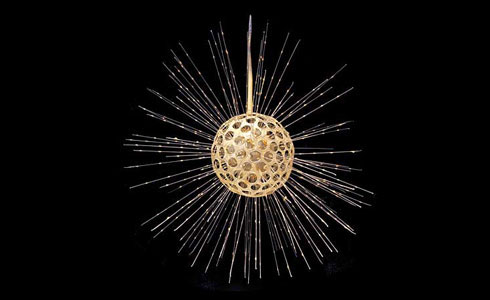
Radiolarian, Heliosphaera actinota model
The name of this radiolarian has changed since the Blaschkas' time. The species is now classified as Acanthosphaera actinota.
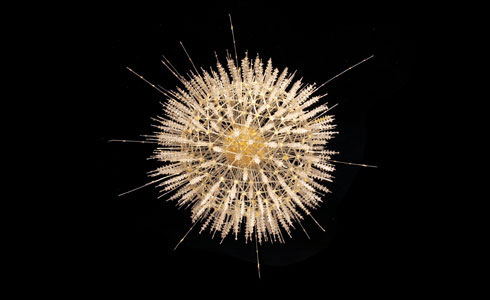
Radiolarian, Aulosphaera species model
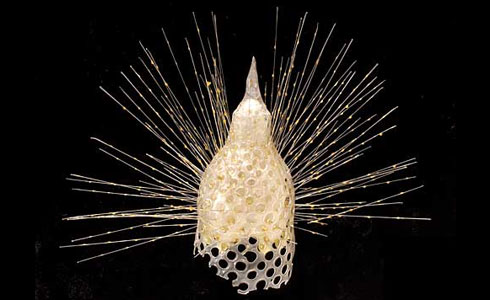
Radiolarian, Eucyrtidium species model
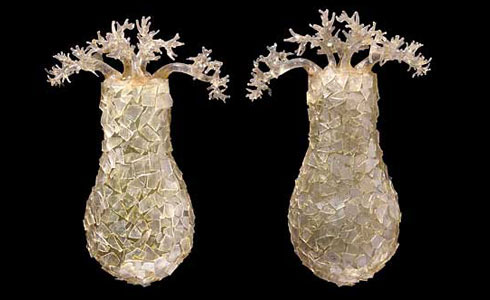
Amoeba, Difflugia pyriformis model (front and back)
Revealing models
Radiolarians are small, single-celled drifting (nektonic) plankton with silica-based 'skeletons' called tests. The size of the model above is 15 x 17cm but radiolarians are microscopic, ranging in size from 0.03 to 2 millimetres.
As well as their inherent beauty, the Blaschka models make it possible to see structures that are normally only visible with the help of a microscope. This radiolarian is one of 18 models of single-celled micro-organisms that were recorded in the Natural History Museum in 1889. As well as radiolarians, there are amoebas and heliozoans.
In total, 185 models of marine invertebrates were purchased by the Museum, including sea anemones, corals, octopuses, nudibranchs (soft-bodied marine molluscs), squid and jellyfishes. The models show the colour and form of these animals - characteristics that are lost when invertebrates are preserved in spirit. They also reveal structures that you would normally have to dissect out to see.
Watch a video about the Museum's Blaschka glass models
You can find out more about radiolarians and their scientific significance in the Curator of Micropalaeontology's blog.
